Algeria known as the “Balcony of the Mediterranean” is at the crossroads of three worlds Mediterranean, Arab & African.
This year the Mediterranean Games are hosted by Algeria; to celebrate we’re exploring its beautiful Islamic architecture & rich heritage #Oran2022
A thread…
This year the Mediterranean Games are hosted by Algeria; to celebrate we’re exploring its beautiful Islamic architecture & rich heritage #Oran2022
A thread…

1/ Dar Mustapha Pacha, Algeria
A Moorish palace, located in the Casbah of Algiers. It houses the National Museum of Miniatures, Illumination and Calligraphy.
It was built by the future Dey Mustapha Pacha between 1798 and 1799.
A Moorish palace, located in the Casbah of Algiers. It houses the National Museum of Miniatures, Illumination and Calligraphy.
It was built by the future Dey Mustapha Pacha between 1798 and 1799.

3/ Emir Abdelkader Mosque, Constantine, Algeria
Opened in 1994 it is the second largest mosque in Algeria after Djamaa Al Djazair and can accommodate up to 15,000 worshippers.
Opened in 1994 it is the second largest mosque in Algeria after Djamaa Al Djazair and can accommodate up to 15,000 worshippers.
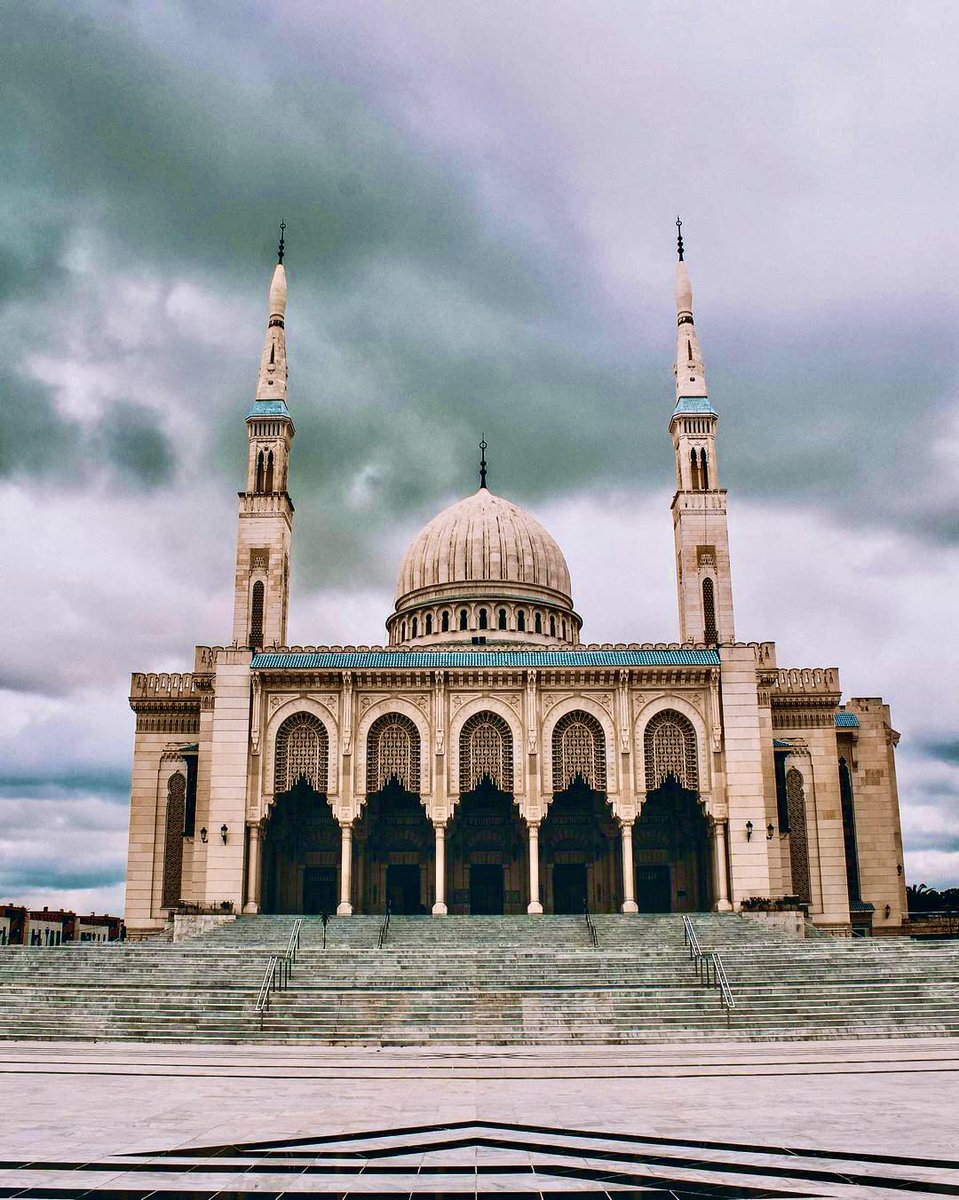
4/ Oran, Algeria
Known as the birthplace of rai folk music. The whitewashed Chapelle Santa Cruz, built after a cholera epidemic. In La Blanca, the Turkish old town, is the 18th-century Pacha Mosque with an octagonal minaret. Nearby, Kasr El Bey is an Ottoman palace.
Known as the birthplace of rai folk music. The whitewashed Chapelle Santa Cruz, built after a cholera epidemic. In La Blanca, the Turkish old town, is the 18th-century Pacha Mosque with an octagonal minaret. Nearby, Kasr El Bey is an Ottoman palace.
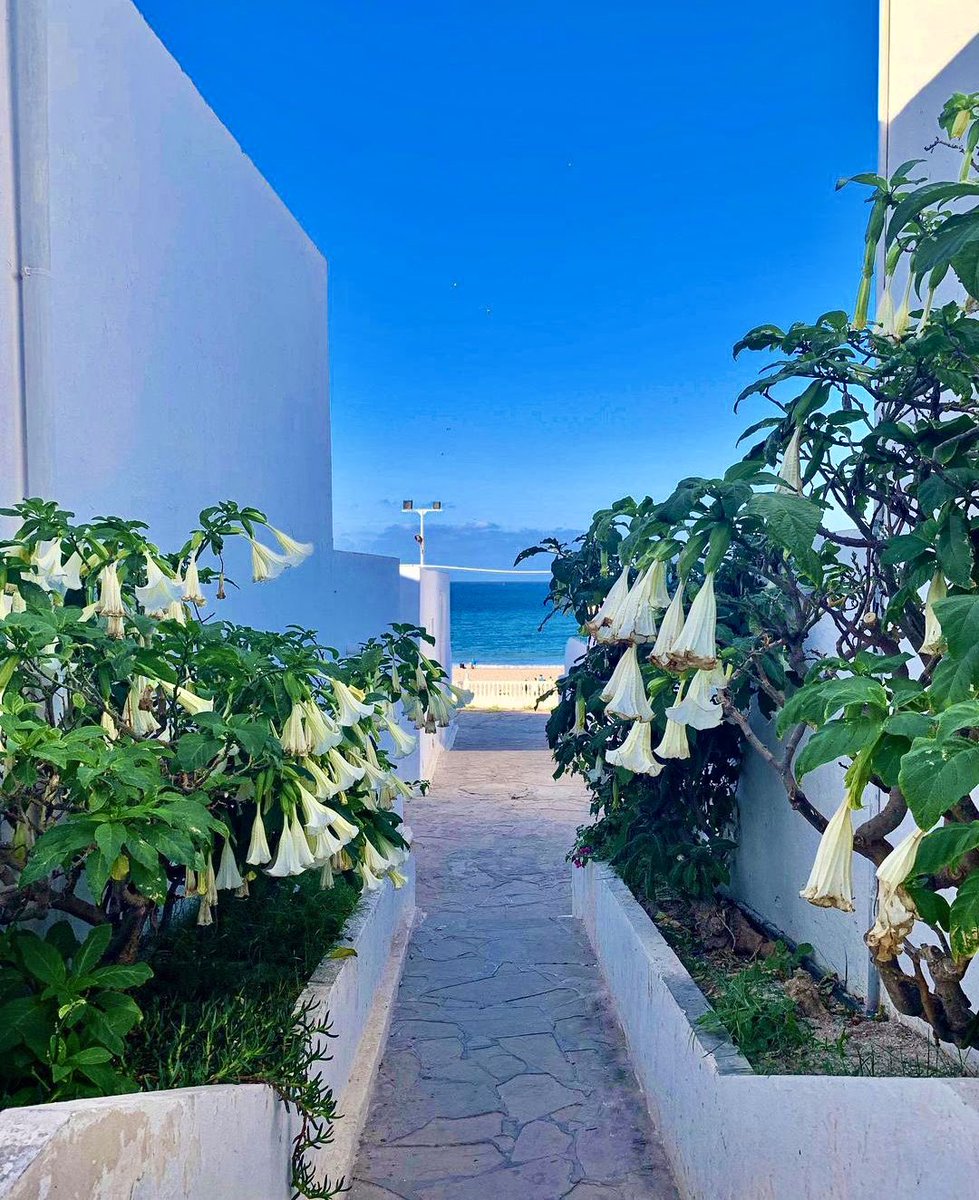
5/ Constantine (Cirta), Algeria
Constantine in Algeria 🇩🇿 is one of the world’s oldest cities.
It became the capital of the Numidian Kingdom under the name Cirta. Destroyed by Maxence in 311CE, it was rebuilt shortly afterwards by Emperor Constantine who named it after himself.
Constantine in Algeria 🇩🇿 is one of the world’s oldest cities.
It became the capital of the Numidian Kingdom under the name Cirta. Destroyed by Maxence in 311CE, it was rebuilt shortly afterwards by Emperor Constantine who named it after himself.
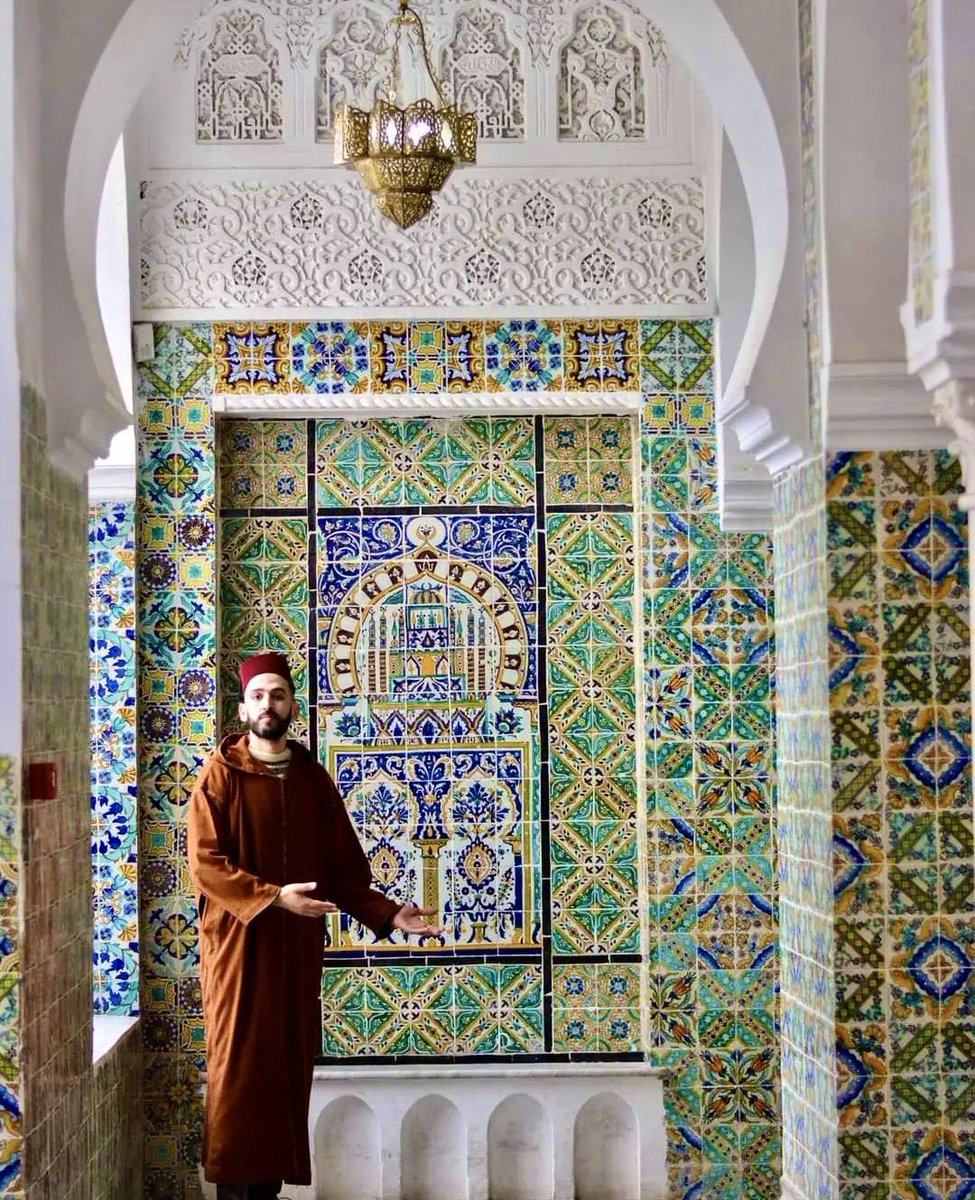
6/ Ghardaïa, Algeria
Part of a pentapolis, a hilltop city amongst four others, built almost 1000 years ago in the M'Zab valley. It was founded by the Mozabites, an Ibadi sect of the Amazigh Muslims. It is a major centre of date production and the manufacture of rugs and cloths.
Part of a pentapolis, a hilltop city amongst four others, built almost 1000 years ago in the M'Zab valley. It was founded by the Mozabites, an Ibadi sect of the Amazigh Muslims. It is a major centre of date production and the manufacture of rugs and cloths.

7/ Tlemcen, Algeria
Former seat of the Ziyanid caliphate, the Mechouar Palace is located inside a large citadel in central Tlemcen. Built in the 12th century, it has recently been restored to its original splendor. It has a similar design to the palace of Al Hambra in Granada.
Former seat of the Ziyanid caliphate, the Mechouar Palace is located inside a large citadel in central Tlemcen. Built in the 12th century, it has recently been restored to its original splendor. It has a similar design to the palace of Al Hambra in Granada.

8/ Casbah of Algiers, Algeria
Algiers palace located in the Casbah of Algiers in Algeria. Currently, it houses the national museum of illumination, miniature and calligraphy of Algiers. The palace was built by Mustapha Pasha between 1798 and 1799.
Algiers palace located in the Casbah of Algiers in Algeria. Currently, it houses the national museum of illumination, miniature and calligraphy of Algiers. The palace was built by Mustapha Pasha between 1798 and 1799.
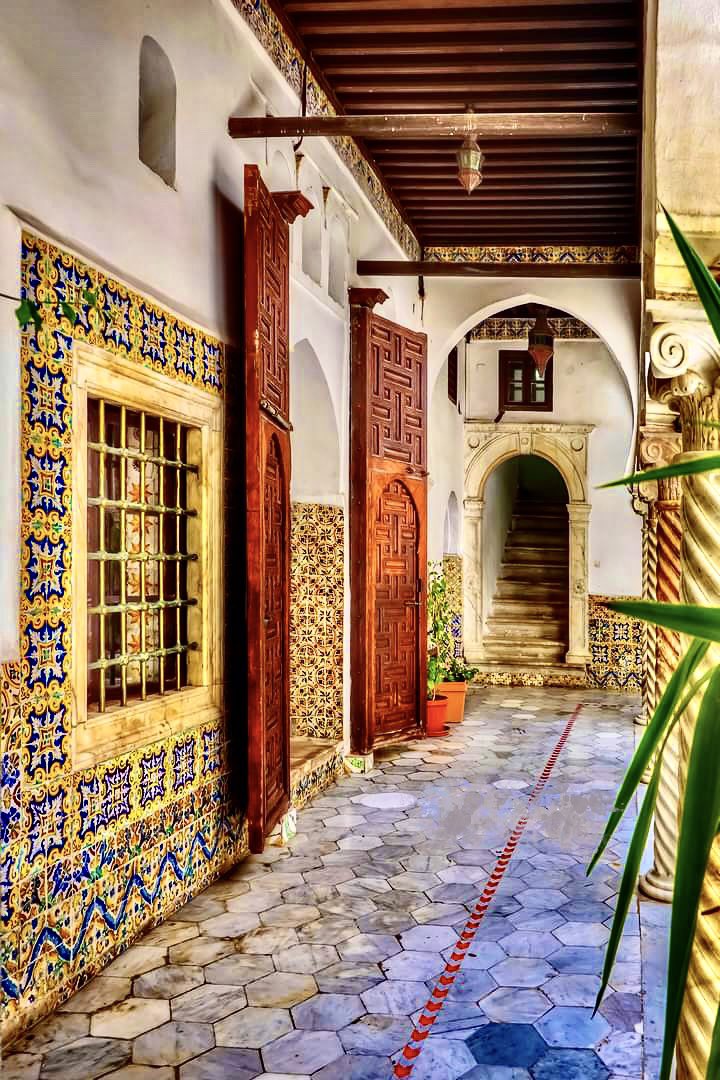
9/ El Hamma Garden, Algiers, Algeria
The Test Garden of Hamma is a 32-hectare botanical garden located in the Mohamed Belouizdad district of Algiers. Established in 1832 it is a natural museum & includes more than 2,500 species of plants and perennial trees for hundreds of years
The Test Garden of Hamma is a 32-hectare botanical garden located in the Mohamed Belouizdad district of Algiers. Established in 1832 it is a natural museum & includes more than 2,500 species of plants and perennial trees for hundreds of years
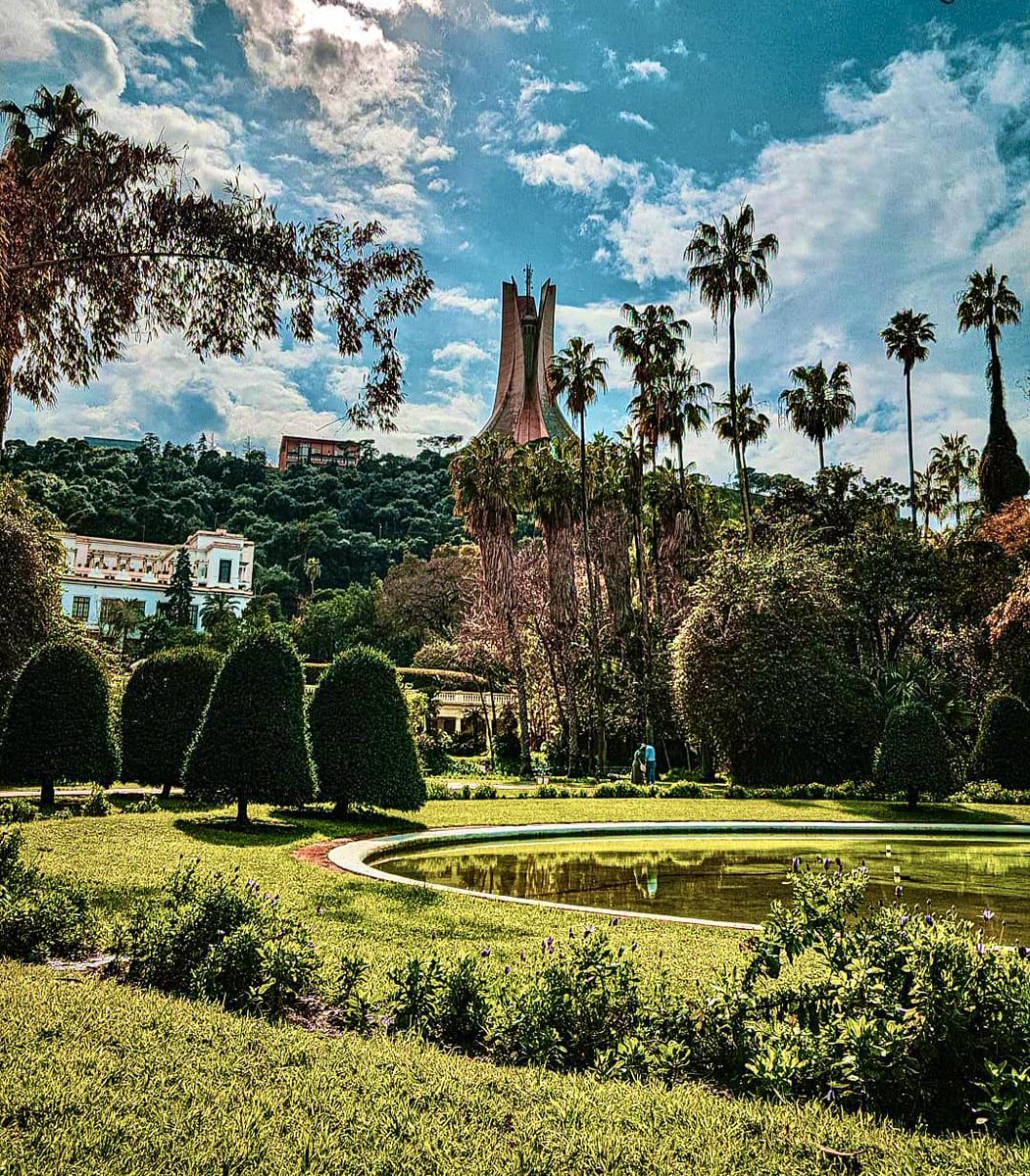
10/ Casbah of Algiers, Algeria
A gaze at the back of the room that served as the office of the American consul in Algiers in the early years of French colonization
A gaze at the back of the room that served as the office of the American consul in Algiers in the early years of French colonization
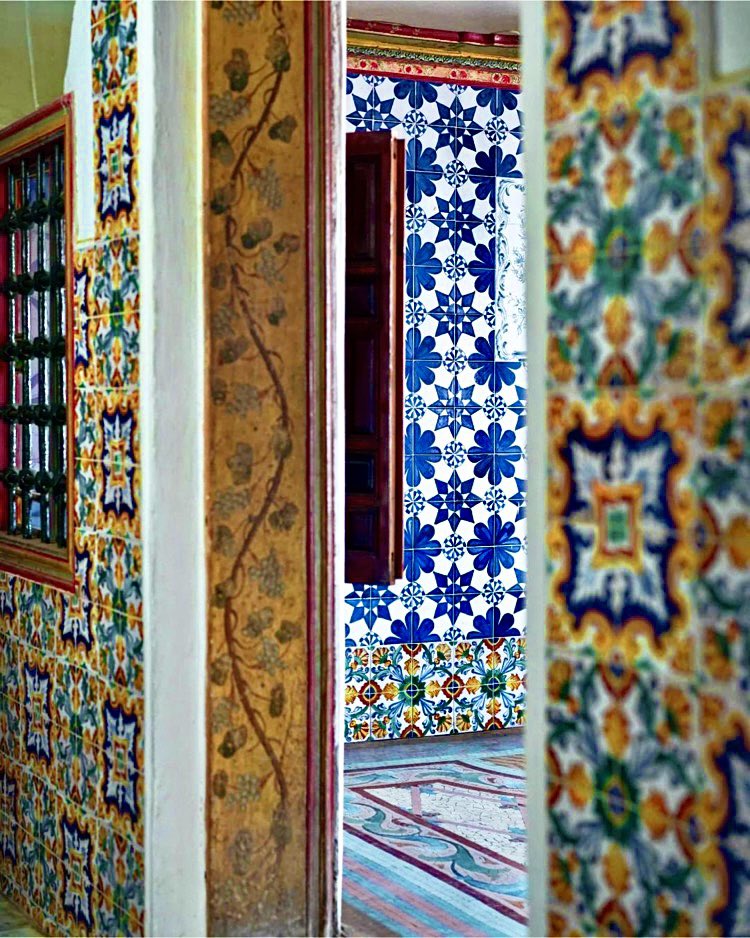
11/ Zaouïa Tijania, Touggourt, Algeria
Built in 1805 the beautiful colourful interior of Mosquée de la Zaouia Tijania.
Built in 1805 the beautiful colourful interior of Mosquée de la Zaouia Tijania.
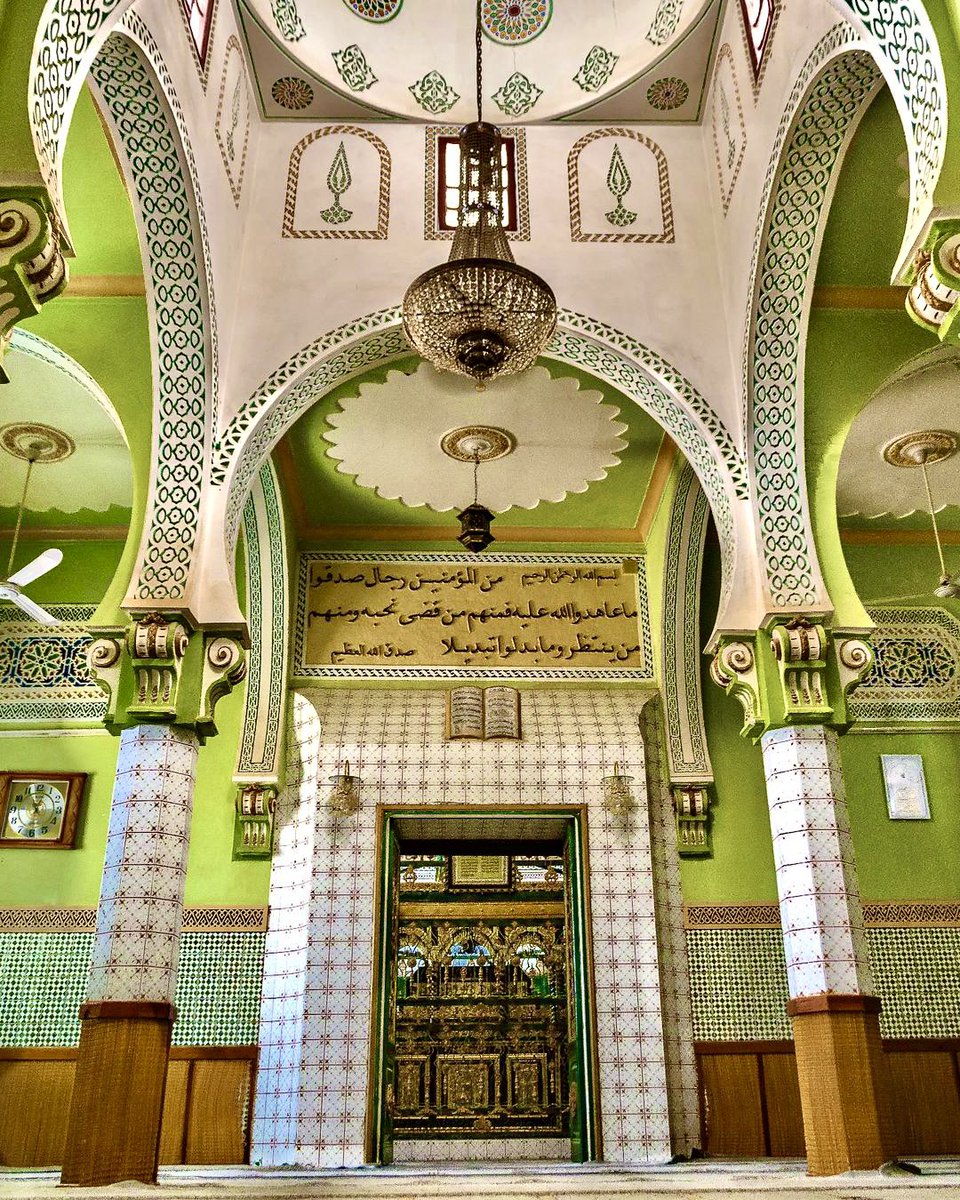
12/ Oran, Algeria
A major coastal city located in the north-west of Algeria. Considered the 2nd most important city of Algeria after the capital Algiers. A French département in Algeria existing from 1848 until 1974 - see the French colonial influences in the architecture.
A major coastal city located in the north-west of Algeria. Considered the 2nd most important city of Algeria after the capital Algiers. A French département in Algeria existing from 1848 until 1974 - see the French colonial influences in the architecture.
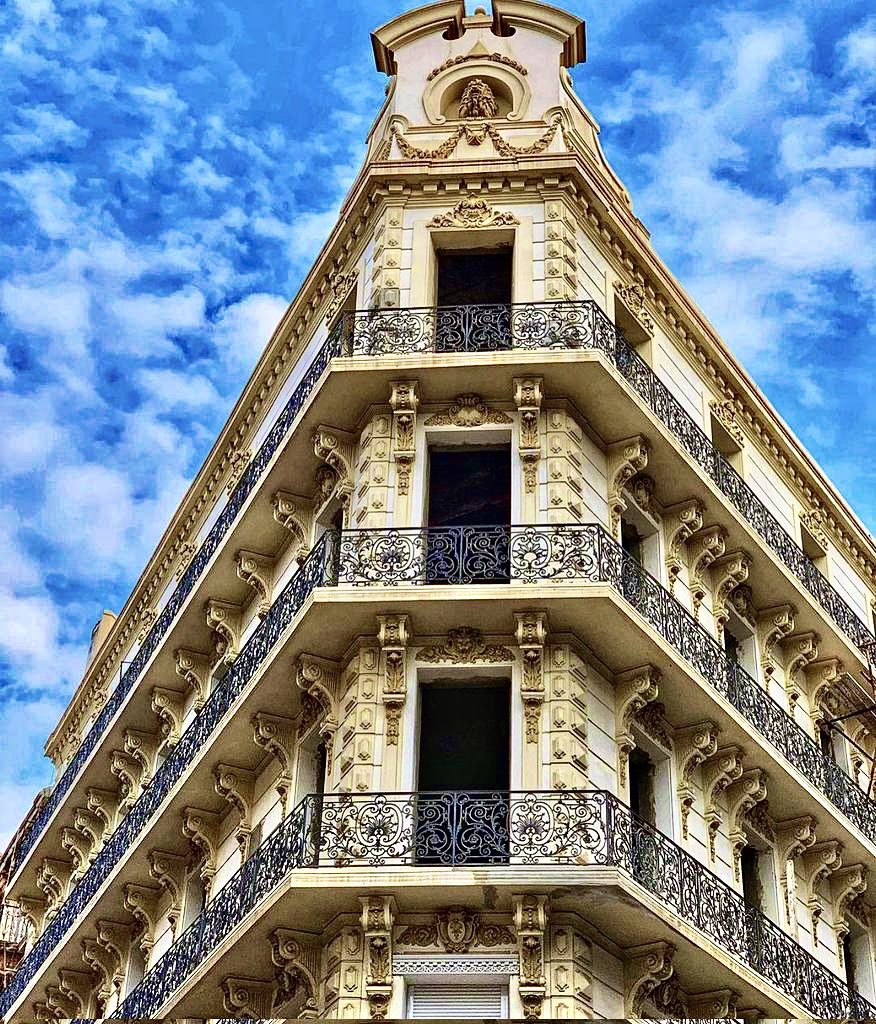
13/ Tlemcen, Algeria
Details from El Mansourah (the victorious) Mosque built by the Marinid of Fez in 1307.
Details from El Mansourah (the victorious) Mosque built by the Marinid of Fez in 1307.

14/ Boussâada, Algeria
Also known as the "City of Happiness!" It has never ceased to inspire artists worldwide, especially painters, who have immortalised the city in their unique works. A beautiful aerial shot of the landscape.
Also known as the "City of Happiness!" It has never ceased to inspire artists worldwide, especially painters, who have immortalised the city in their unique works. A beautiful aerial shot of the landscape.
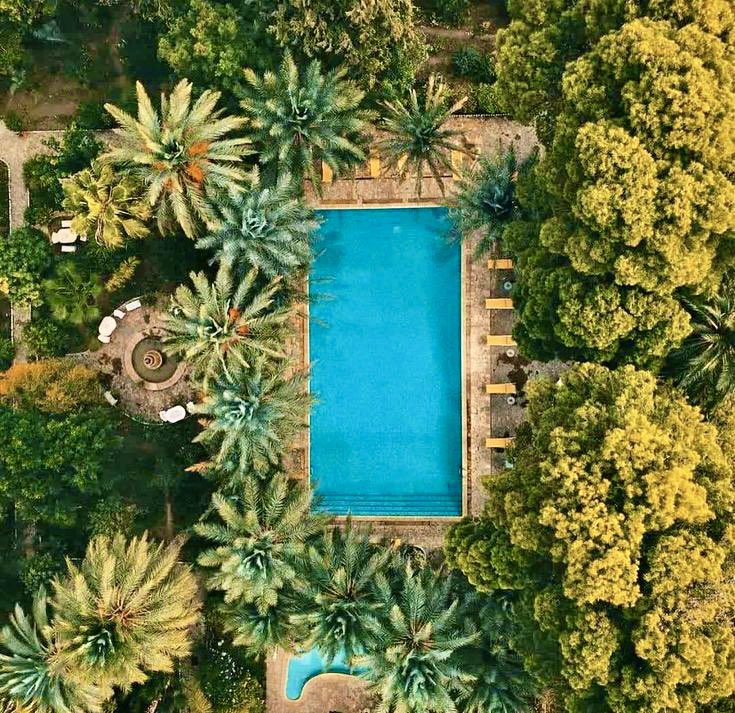
15/ Tlemcen, Algeria
The Andalusian studies center. Tlemlcen is a city in northern Algeria known for Moorish buildings, such as the 11th-century Grand Mosque, 12th-century tomb of Sidi Boumediene adjacent to a mosque is an example of Almoravid architecture, with carved stucco.
The Andalusian studies center. Tlemlcen is a city in northern Algeria known for Moorish buildings, such as the 11th-century Grand Mosque, 12th-century tomb of Sidi Boumediene adjacent to a mosque is an example of Almoravid architecture, with carved stucco.
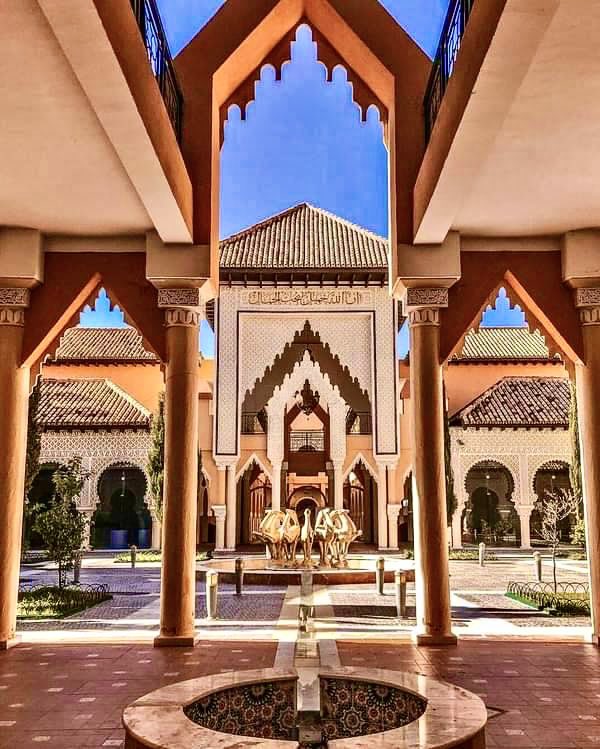
16/ El Mechouar, Tlemcen, Algeria
Mechouar Palace is the former official residence of the Zayyanid dynasty. The palace is situated in the middle of the city, and used to be part of the greater Mechouar Citadel which no longer exists except for the palace and the outer wall.
Mechouar Palace is the former official residence of the Zayyanid dynasty. The palace is situated in the middle of the city, and used to be part of the greater Mechouar Citadel which no longer exists except for the palace and the outer wall.
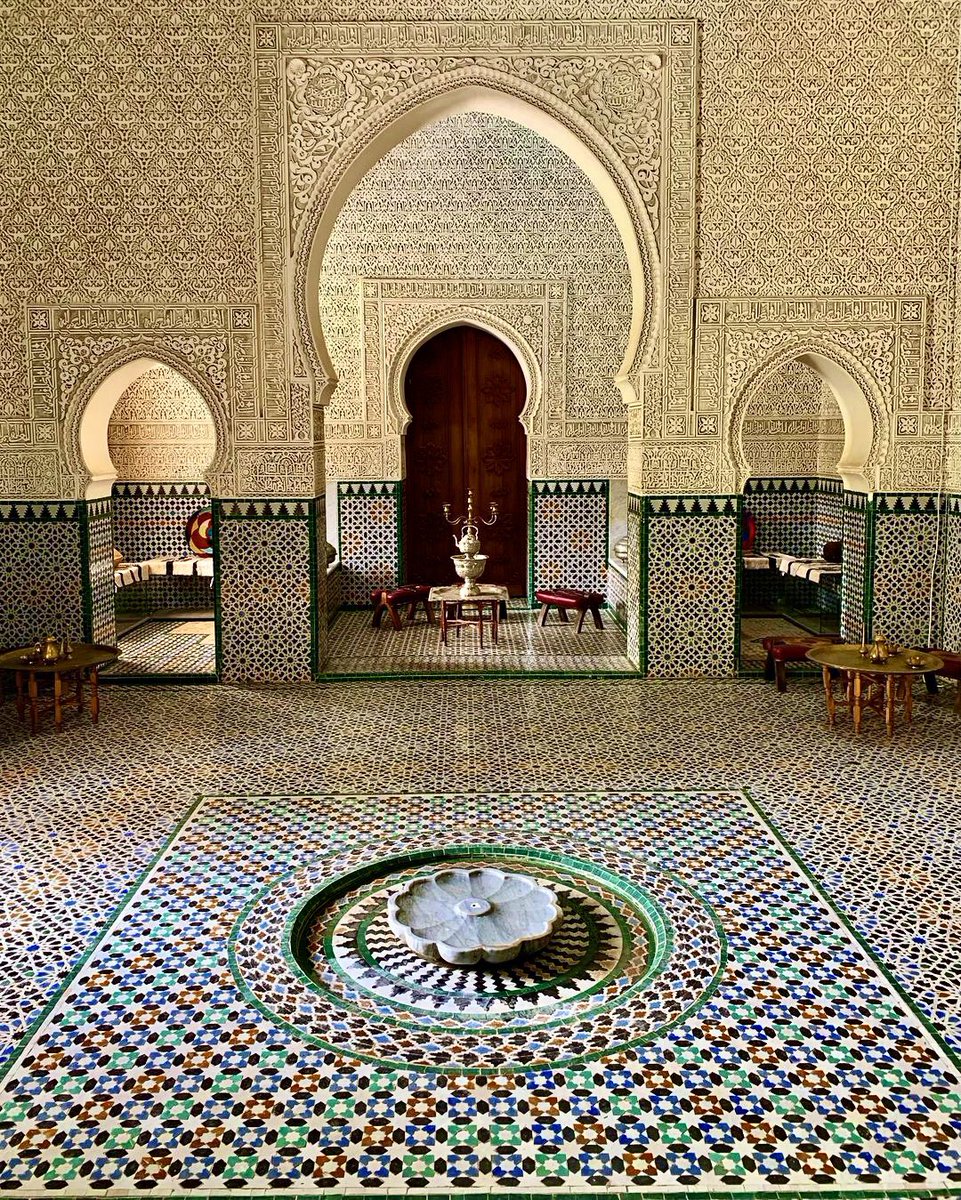
17/ Casbah of Algiers, Algeria
The Ketchaoua Mosque. While Algeria was under French colonial rule, this historic mosque was turned into a Christian cathedral. After the end of the Algerian War of Independence in 1962, it was returned to its original purpose, as a mosque.
The Ketchaoua Mosque. While Algeria was under French colonial rule, this historic mosque was turned into a Christian cathedral. After the end of the Algerian War of Independence in 1962, it was returned to its original purpose, as a mosque.

18/ Annaba, Algeria
A beauty shot from the port city in northeast Algeria. On the Cours de la Révolution, the main street with a broad central promenade, architecture reflects the city’s French colonial past.
A beauty shot from the port city in northeast Algeria. On the Cours de la Révolution, the main street with a broad central promenade, architecture reflects the city’s French colonial past.
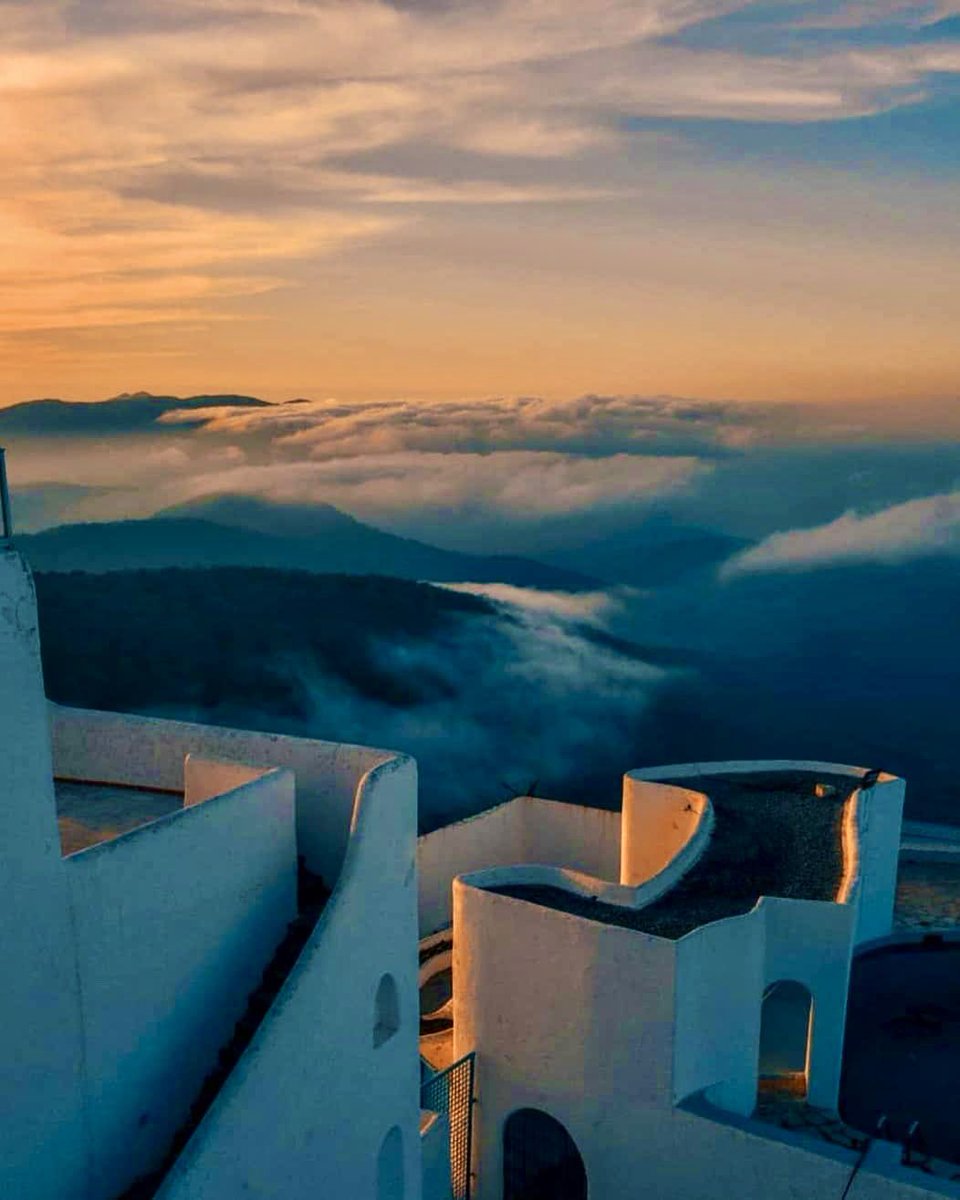
20/ Bardo Palace, Algiers, Algeria
Bardo palace is a living example of what a Fahs residency looks like. Built during the 18th century. It is now a museum that houses two large collections within its walls. Beautiful interior details
Bardo palace is a living example of what a Fahs residency looks like. Built during the 18th century. It is now a museum that houses two large collections within its walls. Beautiful interior details
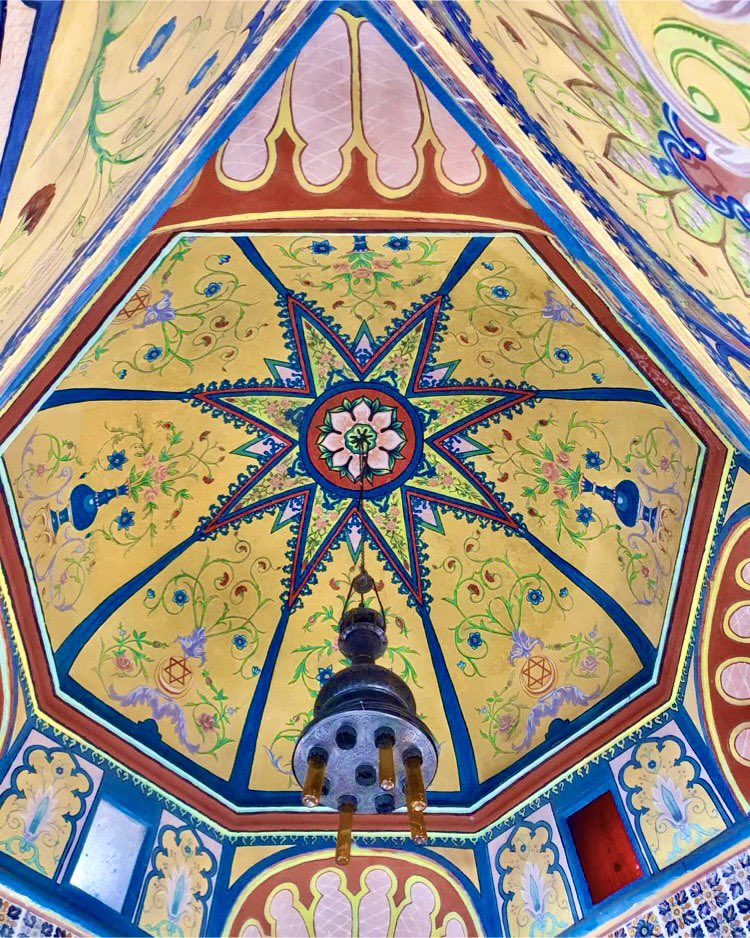
21/ Zemmoura, Bordj Bou Arreridj, Algeria
Bordj Zemoura is a town and commune in Bordj Bou Arréridj Province, Algeria. You can see Mesjid ben Hidous at the top of this picturesque town.
Bordj Zemoura is a town and commune in Bordj Bou Arréridj Province, Algeria. You can see Mesjid ben Hidous at the top of this picturesque town.

22/ Architecture in Algiers, Algeria
Algeria is known for its decorated doors. Beautiful architectural details in the capital city of Algiers.
Algeria is known for its decorated doors. Beautiful architectural details in the capital city of Algiers.
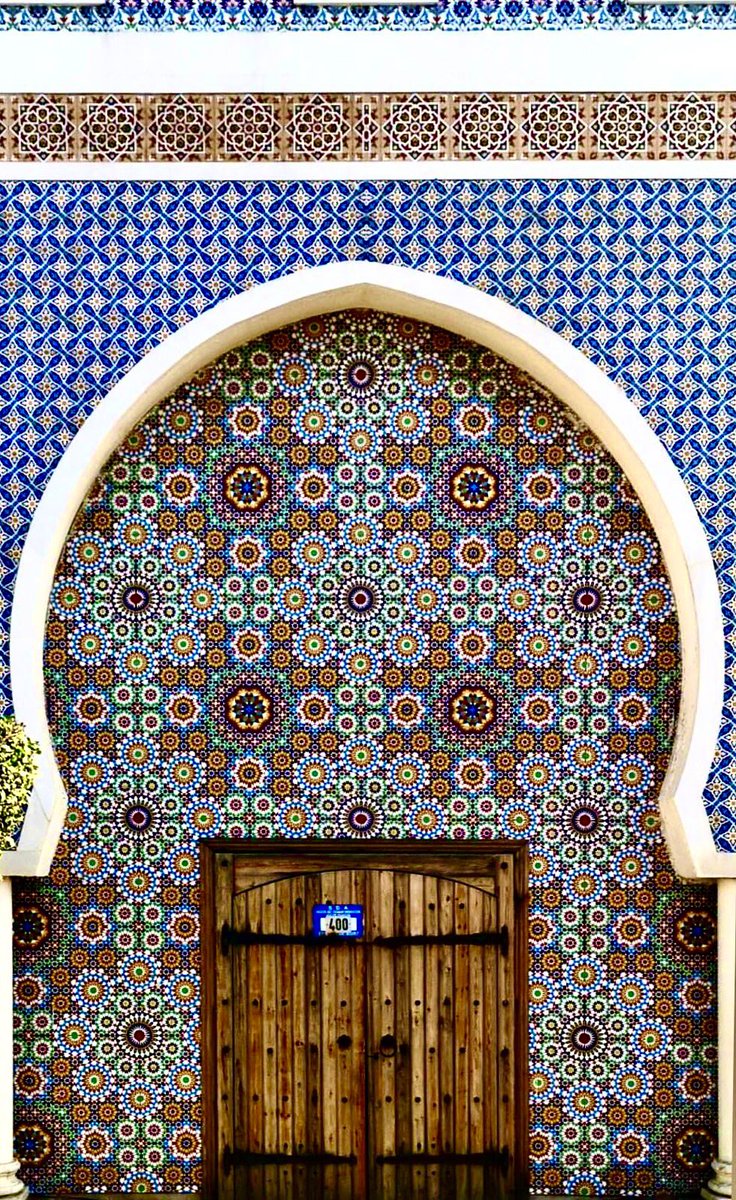
23/ Tamanrasset, Algeria by day
Also known as Tamanghasset or Tamenghest, is an oasis city and capital of Tamanrasset Province in southern Algeria, in the Ahaggar Mountains. It is the chief city of the Algerian Tuareg.
Also known as Tamanghasset or Tamenghest, is an oasis city and capital of Tamanrasset Province in southern Algeria, in the Ahaggar Mountains. It is the chief city of the Algerian Tuareg.

24/ Tamanrasset, Algeria by night
Also known as Tamanghasset or Tamenghest, is an oasis city and capital of Tamanrasset Province in southern Algeria, in the Ahaggar Mountains. It is the chief city of the Algerian Tuareg.
Also known as Tamanghasset or Tamenghest, is an oasis city and capital of Tamanrasset Province in southern Algeria, in the Ahaggar Mountains. It is the chief city of the Algerian Tuareg.
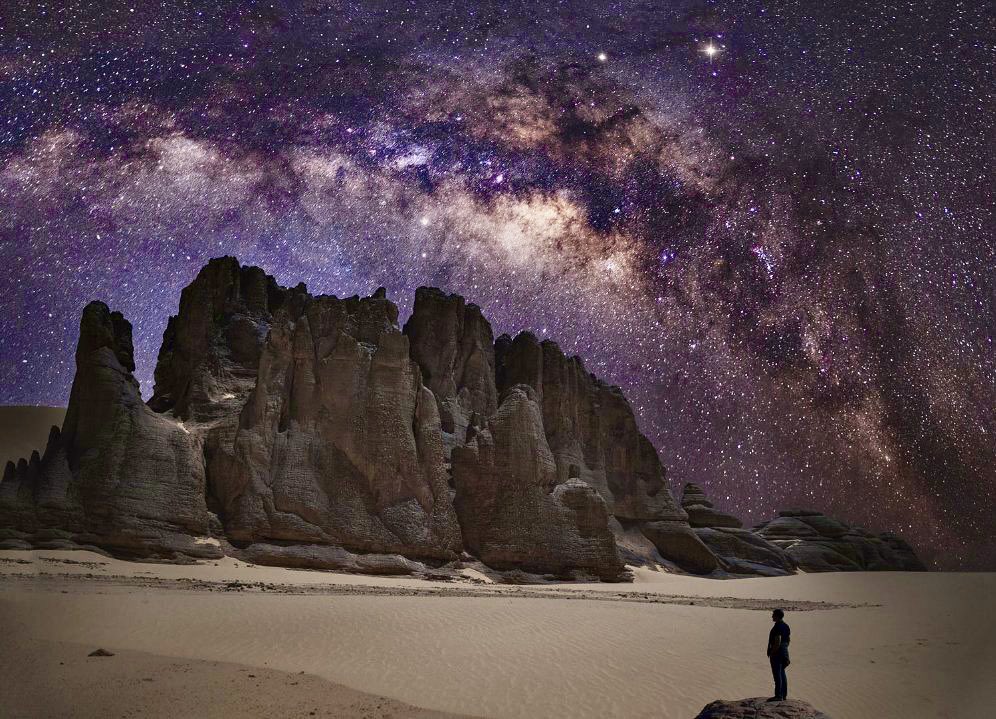
Thank you so much @GWillowWilson for kindly sharing this thread 🙏♥️ we are grateful for your support
• • •
Missing some Tweet in this thread? You can try to
force a refresh
























